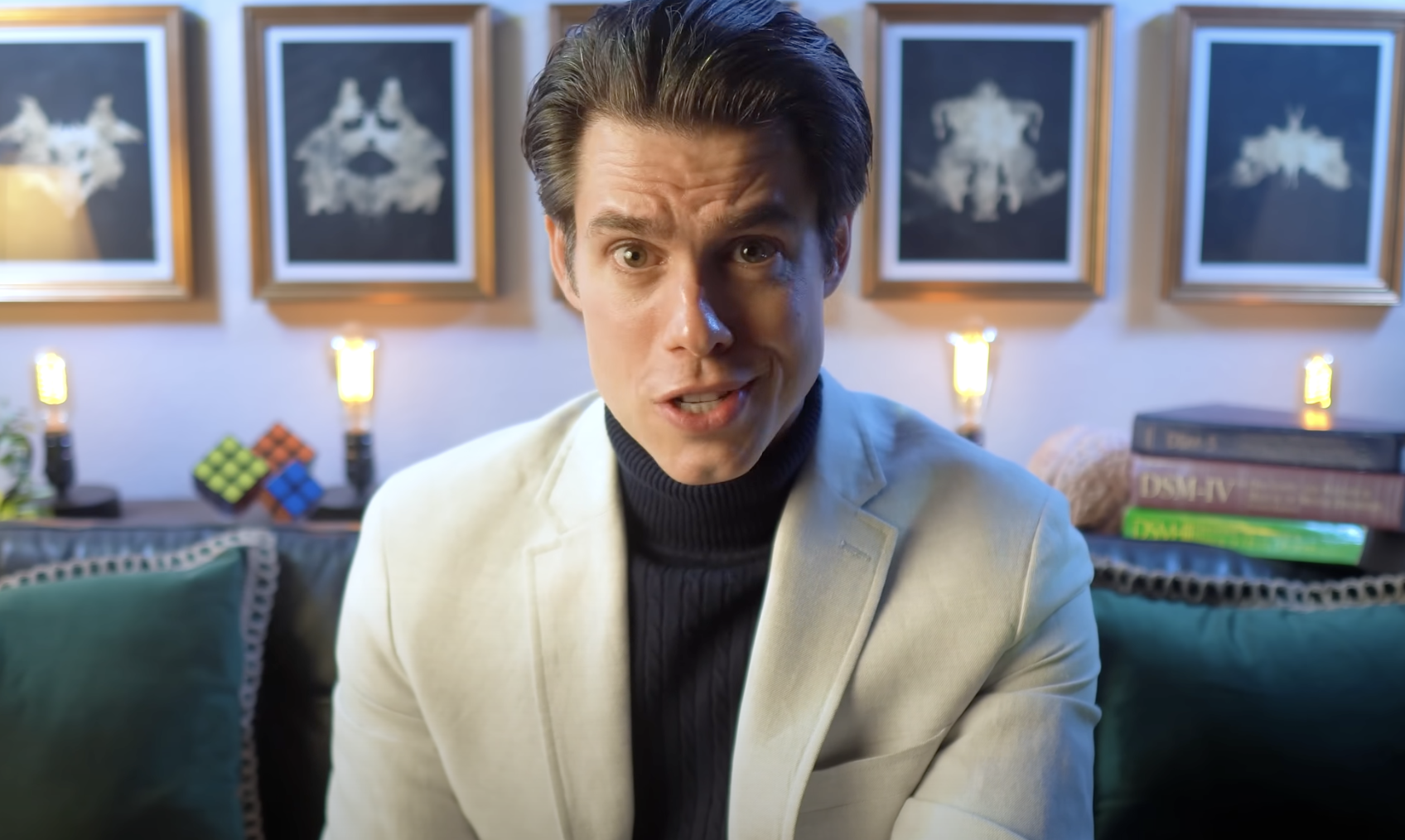A neuropsychologist who examined widely shared footage of Charlie Kirk’s killing has offered a clinical explanation for why the conservative activist’s arms rose in the split second after he was struck by a single rifle round, concluding the movement was an involuntary defensive reflex rather than a sign of conscious awareness or a classic neurological posture. In a detailed video analysis, Derek Van Schaik said the gunshot produced a catastrophic neck injury that caused near-instant blackout, leaving no time for the brain to process pain or danger. He said that although some viewers assumed the brief arm lift was “decorticate posturing,” the sequence shown on video is far more consistent with an automatic startle-style reaction occurring in a fraction of a second before consciousness was lost.
Van Schaik addressed speculation that the upward pull of Kirk’s forearms reflected decorticate posturing, a severe neurological sign most often associated with profound brain insult. “Many have speculated his arms moving upward towards his chest is due to a phenomenon known in forensic science as decorticate posturing,” he said, adding that, in this case, “that’s unlikely.” He argued that a sudden collapse in cerebral blood flow from massive vascular damage would be expected to produce “rapid unconsciousness and flaccid collapse,” not the sustained abnormal positioning associated with extensive cortical injury. He described what is seen in the frames after impact as “an instant involuntary defensive reflex,” akin to the automatic flinch people exhibit when startled.
The distinction matters because decorticate and related postures (often contrasted with decerebrate posturing) are medical signs that typically arise in the context of significant brain damage from causes such as hemorrhage, trauma or hypoxia, and they generally persist longer than a fleeting reflex. Clinical references describe decorticate posturing as flexion of the arms toward the body’s core and decerebrate posturing as extension, both indicating grave neurological compromise. Van Schaik said that immediate global hypoperfusion of the brain following destruction of major neck vessels is not expected to trigger such patterned posturing at the moment of impact, and that the video shows a transient lift followed by collapse rather than a fixed posture.
Timing was central to his conclusion. Using frame-based measurements, he said Kirk appeared to remain conscious “for no more than four-tenths of a second after impact,” too brief for nociceptive signals to be integrated into the conscious perception of pain or for higher-order processing to yield awareness of what occurred. In his words, there was “no panic, no dread,” only “an abrupt blackout.” Van Schaik further asserted that the injury pattern—rupture of a carotid artery and jugular vein—would have precipitated immediate collapse in cerebral perfusion, making it “neurologically impossible” for Kirk to register what was happening.
